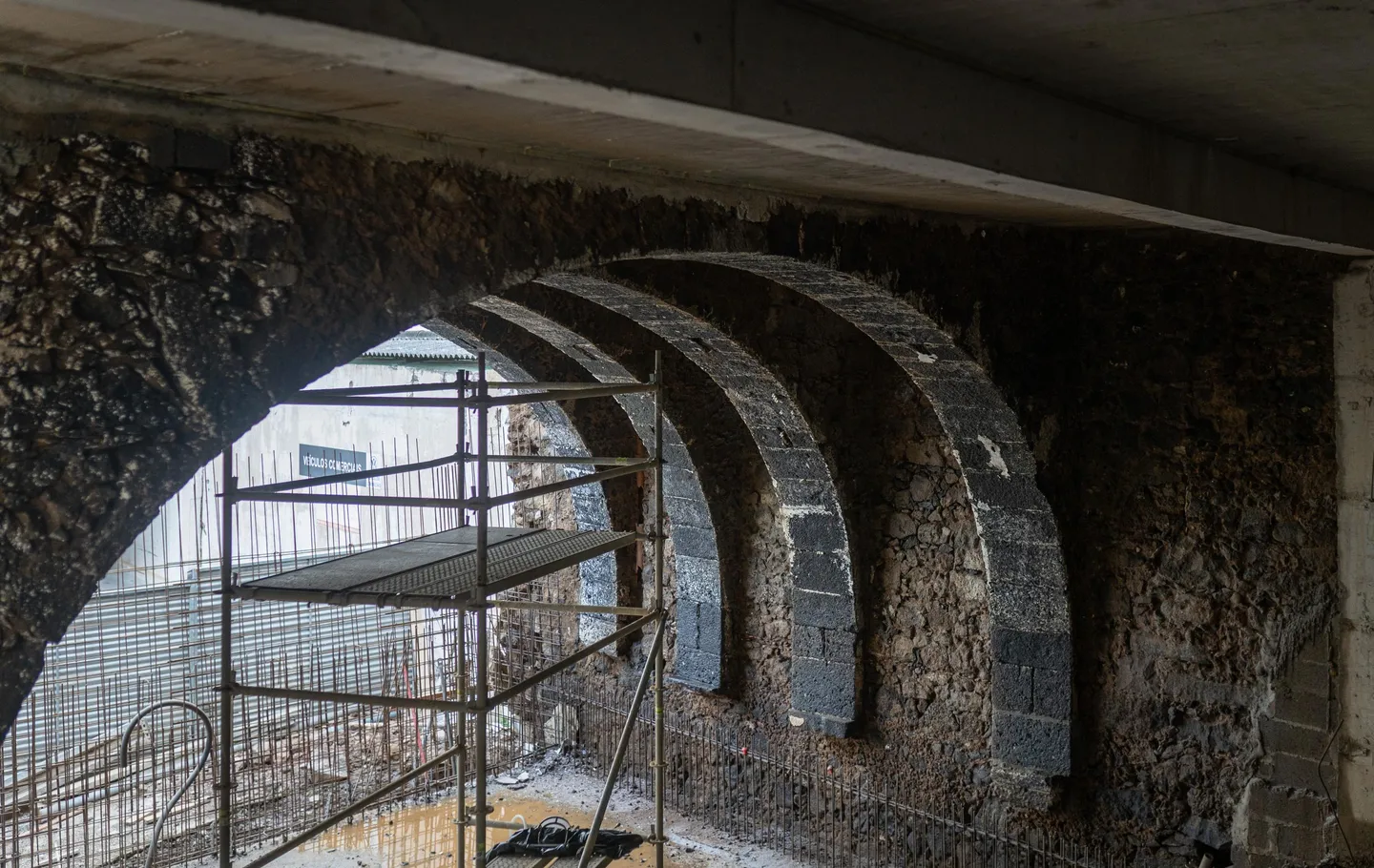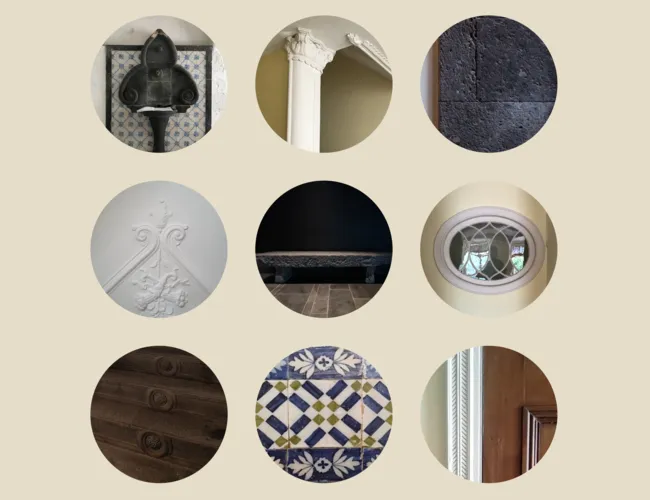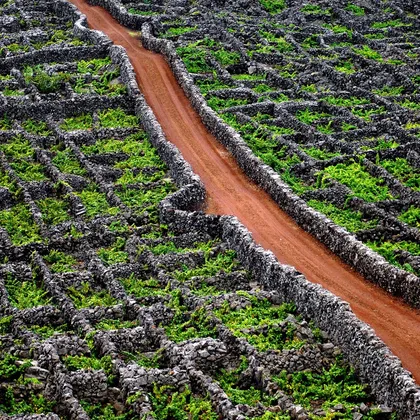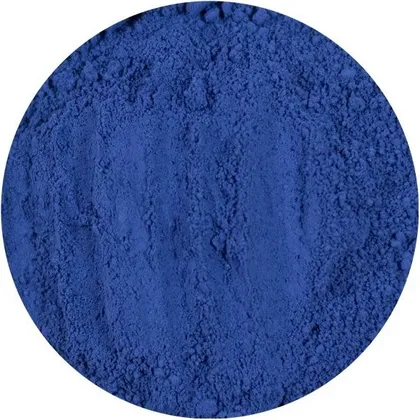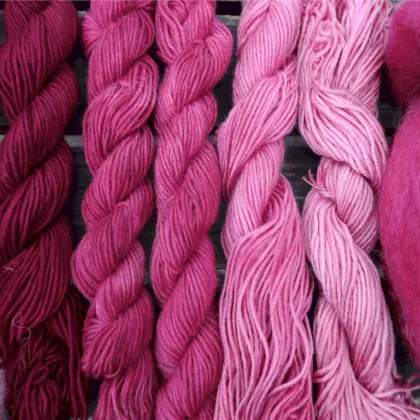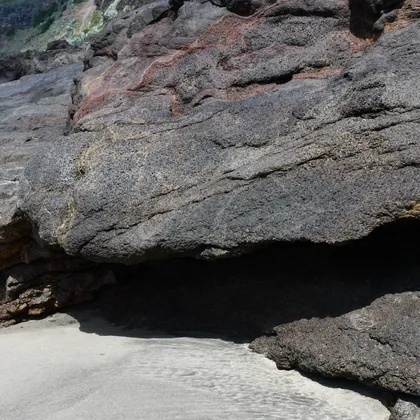The project
The Azores are, in the popular view, "nine points in the middle of the Atlantic", an archipelago of nine islands located precisely in the middle of the Atlantic Ocean. NINE DOTS is, therefore, a name linked to the number of islands in the Azores, but not only that.
The allusion to "dots" also reflects the essence and connection to art, in particular to pointillism, a painting technique, born from expressionism, which uses dots to portray landscapes, environments, people and situations.
NINE DOTS is born from two independent buildings with distinct characteristics - the first with a manorial origin, more generous and rich in terms of heritage, and the second more modest, with a more domestic character. The urban configuration of Rua dos Mercadores and part of the built elements date back to the 15th and 16th centuries, however, the existing building complex resulted from several interventions, the most significant of which occurred in the 18th and 19th centuries, in one of the moments of great transformation of the city. city and society of São Paulo. The adaptation of the buildings to hotels used different approaches, preservation and restoration of the most significant elements, relocation and reuse of parts, raw materials and plant elements. When necessary, the introduction of new materials and elements respected pre-existing materials.
RECOVERY AND PRESERVATION OF ELEMENTS
In the resulting architecture, striking elements of Azorean architecture present in the original buildings are preserved, combined with other elements inspired by the particularities of the islands.
Colors and Textures that bring NINE DOTS to life
We are inspired by tones and textures
that define the Azorean landscape
The hotel's decoration was designed based on a chromatic exploration, prepared by the Architecture team, of the different colors and textures that have marked the most diverse arts, industries and crops in the Azores since the 15th century.
Every detail was thought out in detail, to provide comfort to every space in the hotel.
LINEN
Part of the textile industry between the 16th century and the 1930s
YELLOW
Wheat and Corn Crops
GREEN
Vineyards, in Fava and Beans, in Tea plantations, and other crops
BLUE
Pastel plant, used in dyeing since ancient times
PURPLE
Inspired by Urzela, harvested from this population on all the islands
RED
Dragoeiro, a prehistoric tree, and Almagre, a land of reddish clay on the island of Santa Maria
WOOD
Forest areas of the Azores
VOLCANIC ROCKS
Basalts, ignimbrites and trachytes, present throughout the Azorean natural landscape
Architecture Team
knn architects
DRAF Architects
Construction
MARQUES SA, Marques Group
Decoration Project
Karolinne Alves, Daniel Rego, Ana Fernandes, Tiago Farinha and Maria Inês da Costa
Landscaping
Topiaris - Landscape Architecture Studies and Projects Lda.
Oversight
Eng. Tavares Vieira Lda.
